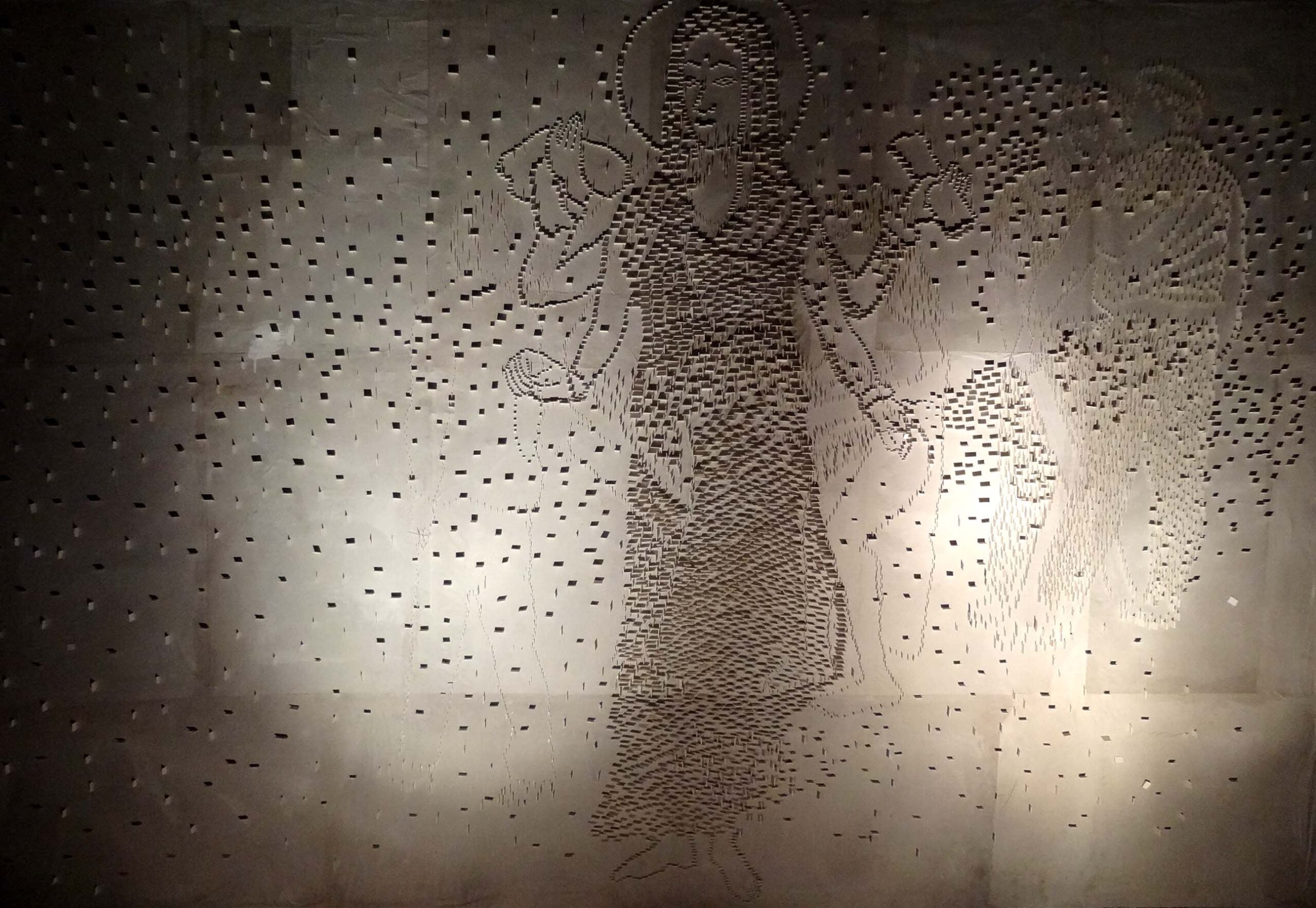CHANging nation changing icons
How many of us remember the name of Laxmi Oraon- the tribal girl from Assam, who was forcibly stripped, brutally assaulted, and paraded naked in public on November 24th, 2007? The image of her assault went viral after the incident, turning her into a victim icon overnight. Her iconic image may fade from the memories of her countrymen, but her struggle continues even today. She is still awaiting justice. Probably she is not the only woman in the queue standing before our lame judicial system. Several other women had been exposed to such a barbaric experience. He personally refuses to see them as mere victims; rather, they appear to him as symbols of courage, strength, and resistance.
In India ideologically (not in reality) women are given the highest respect but the regular incidents of violence towards the fairer sex compels him to review our notion of motherland. Abanindranath’s 1905 version of ‘Bharat Mata’ not only idealized the essential image of our motherland but also addressed our national esteem. The same image also evolves as an icon of resistance. This idealized image brings forth the issues of imparting knowledge to the country men, providing food and raiment for all, etc. These two images of resistance, when seen in juxtaposition, emerge as complete opposites. The image of Laxmi Oraon, neither celebrates womanhood nor glorifies issues of knowledge. It probably stands as an image of national shame. It points the finger at us and questions the legitimacy of our knowledge. We the countrymen, who constantly seek a chance and take pride in quoting the martyrs from the past, leave no stones unturned to malign the same. He has used several other popular images which add to such irony.
© 2023 Mantu Das. All Rights Reserved.



